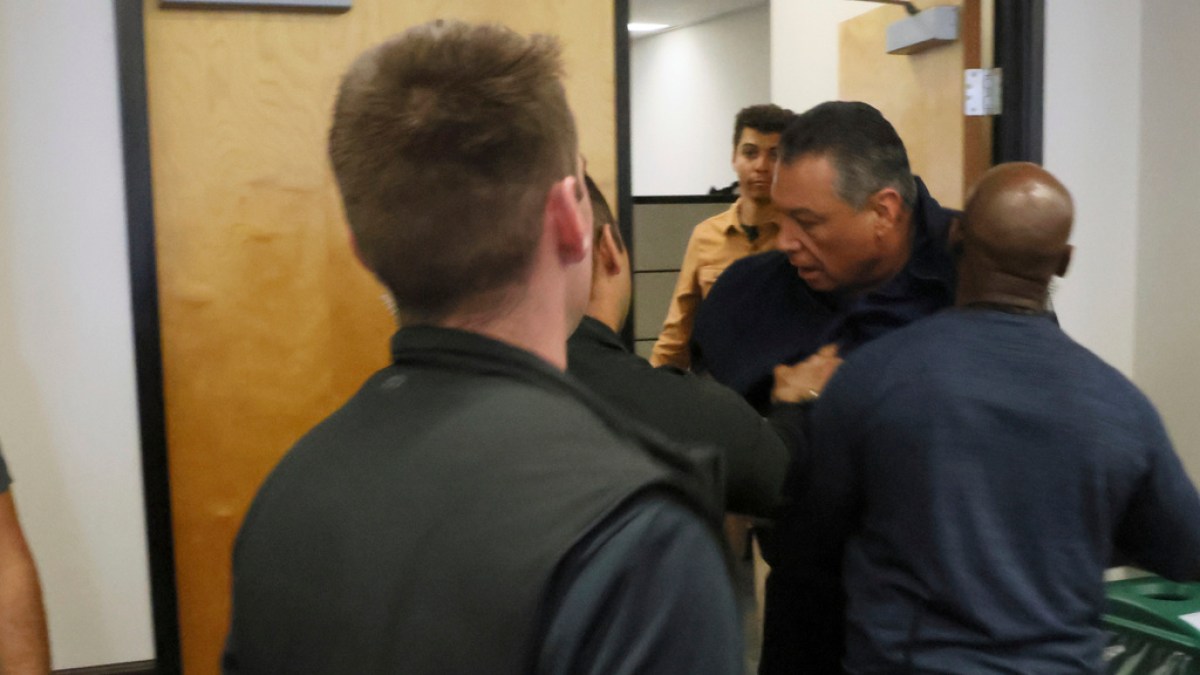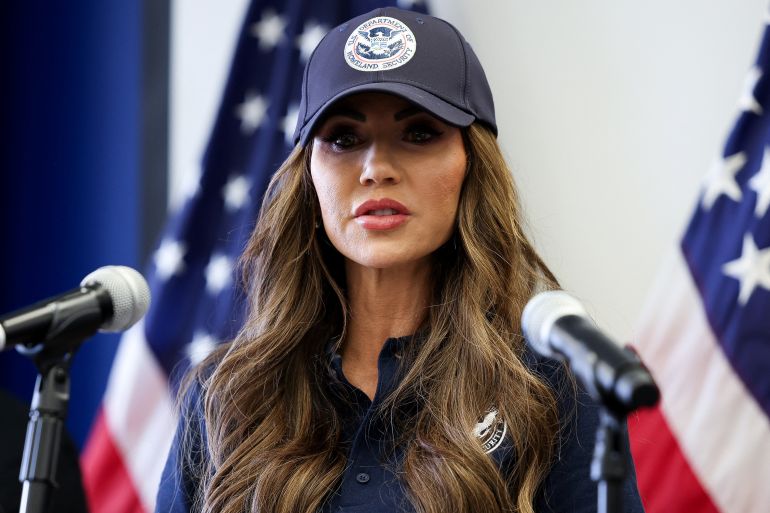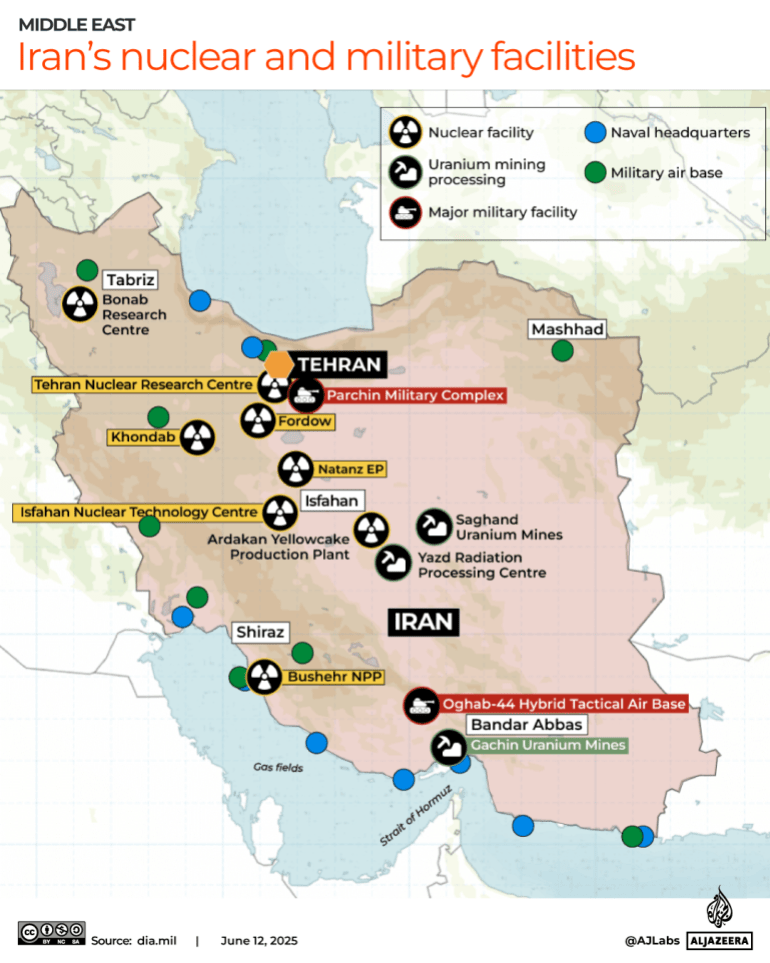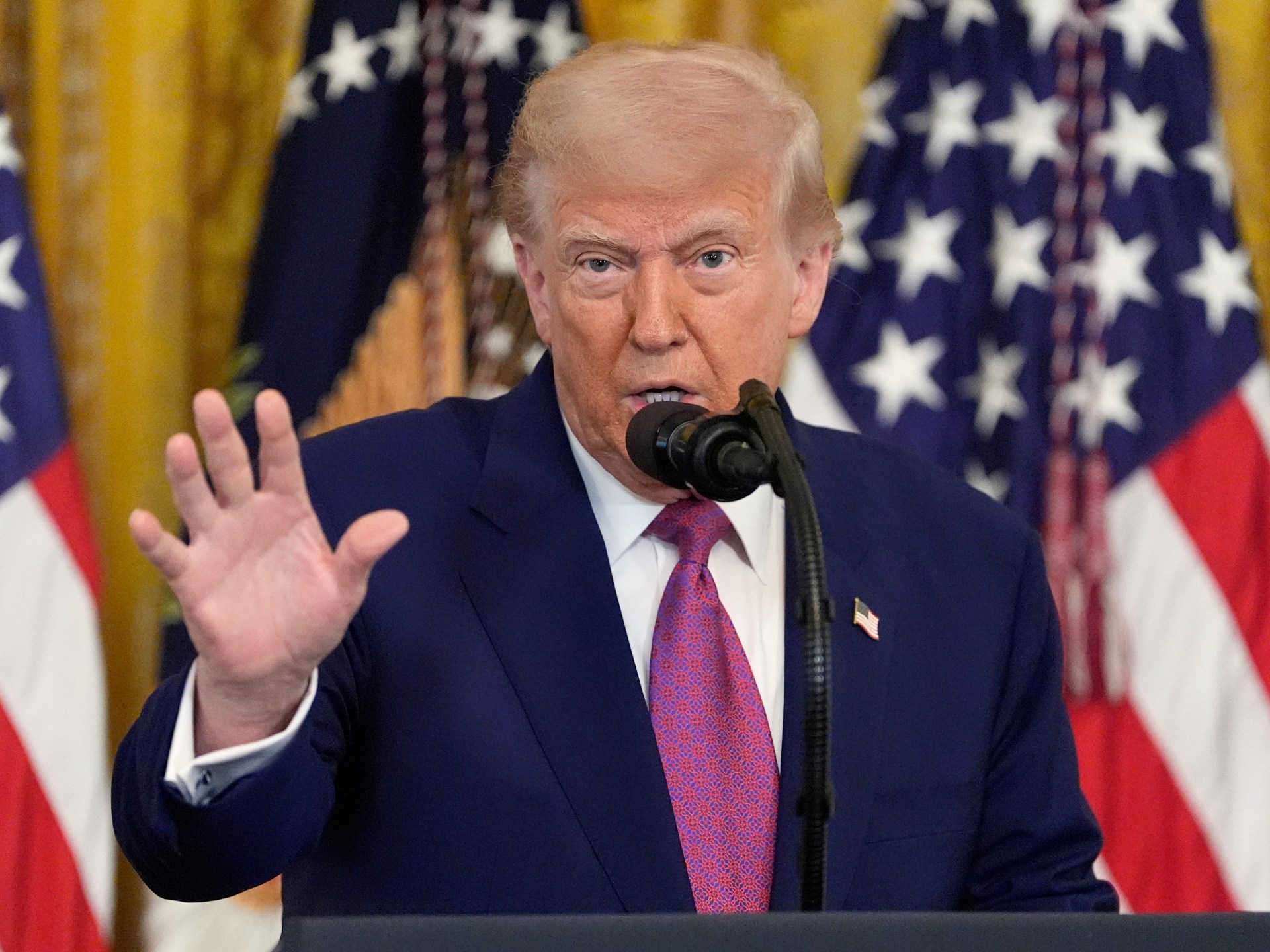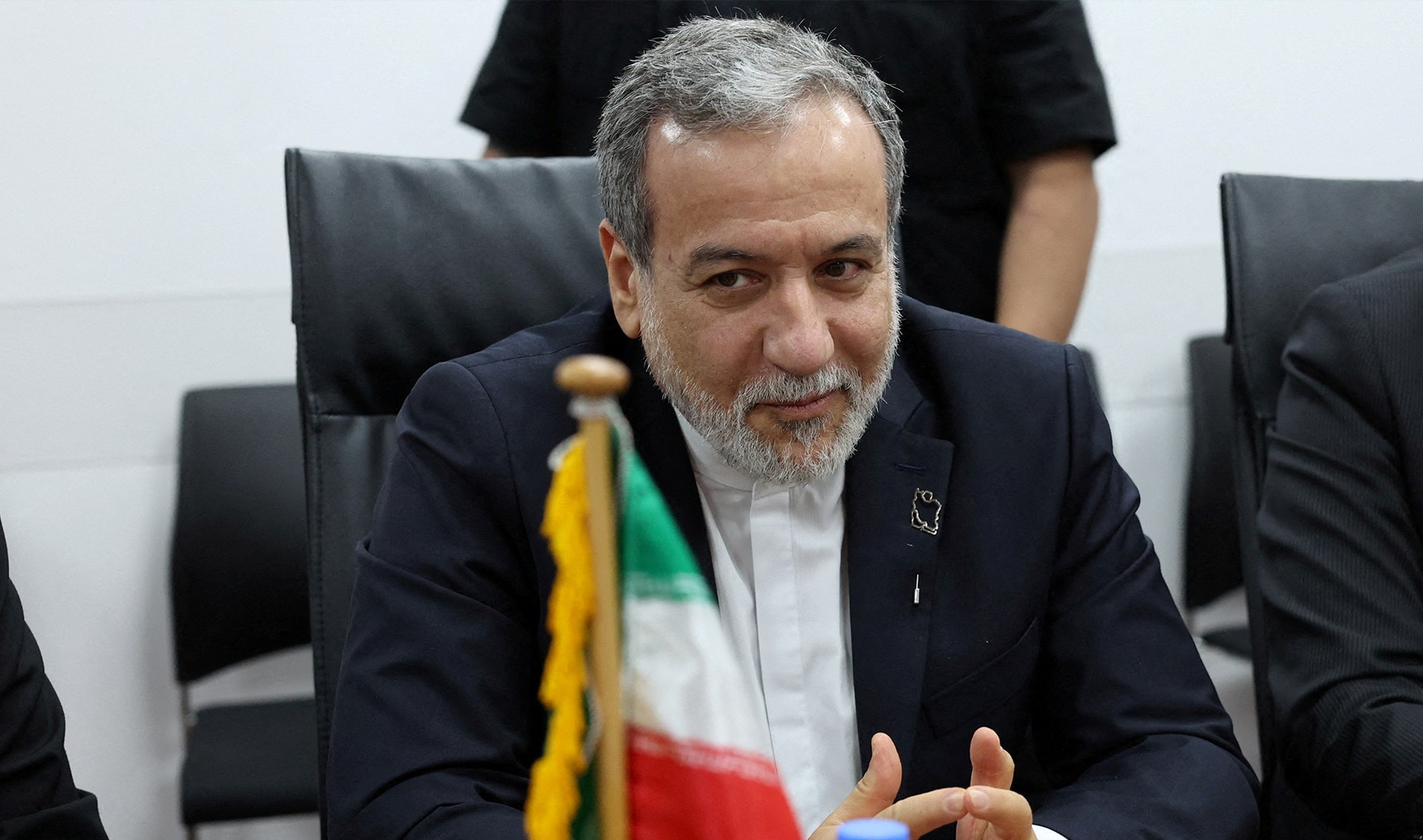On June 9, Israeli forces seized the Madleen ship in international waters in the Mediterranean Sea as it attempted to break the suffocating siege on Gaza.
The 12 activists on board – who belong to the Freedom Flotilla Coalition – were abducted in international waters and taken to Israel.
One day after their capture, four of them were swiftly deported after waiving their right to see an Israeli judge and signing a deportation order that claimed they had “illegally” entered Israel. Well-known Swedish climate and human rights activist, Greta Thunberg, was among those deported.
The other eight refused to sign and remained in detention. On Thursday, six of them were deported, including Rima Hassan, a French-Palestinian member of the European Parliament.
Another two French nationals remain in Israeli custody awaiting deportation on Friday, according to Adalah, a nonprofit legal association in Israel.
This is everything you need to know about their treatment.
Who are the 12 activists?
On Tuesday, Israel deported Thunberg (Sweden), Sergio Toribio (Spain), Baptiste Andre (France) and Omar Faiad (France). Faiad is a reporter with Al Jazeera Mubasher.
On Thursday, six more were deported, including Rima Hassan, a French-Palestinian member of the European Parliament, Mark van Rennes (Netherlands), Suayb Ordu (Turkiye), Yasemin Acar (Germany), Thiago Avila (Brazil) and Reva Viard (France), according to Adalah, cited by Turkish news agency Anadolu.
French nationals Pascal Maurieras and Yanis Mhamdi remain in detention and are expected to be released on Friday, according to Adalah. Mhamdi is a journalist for The Blast, a French left-wing outlet.
Where were the activists held?
In Givon prison in Ramla, a city between West Jerusalem and Tel Aviv.
Two of the activists, Hassan and Avila, were placed in solitary confinement, according to Adalah.
Hassan was taken there after first writing “Free Palestine” on the prison walls. Adalah later reported that Avila began a hunger and water strike to protest Israel’s blockade of Gaza, which has led to widespread starvation.
Hassan was later returned to Givon, said Adalah.
After Thursday’s release of Hassan and Avila, along with four others from the Madleen, Adalah released a statement saying that “volunteers were subjected to mistreatment, punitive measures and aggressive treatment, and two volunteers were held for some period of time in solitary confinement”.
Did Israel violate international law by arresting the activists on the Madleen?
According to Luigi Daniele, a legal scholar at the University of Molise, Italy, Israel has no right to intercept a boat in international waters or to deny aid to starving civilians in Gaza.
On the contrary, Israel has an international legal obligation as an occupying power to facilitate aid into Gaza.
He told a local Italian outlet that Israel, above all, has no legal right to use force or permanent aggression on occupied Palestinian territory, including against the activists who were sailing to Gaza on the Madleen.
Adalah has also argued that the activists were not trying to enter Israel illegally, but were sailing to Gaza, which is occupied Palestinian land.
Israeli courts dismissed the legal arguments made by Adalah.
How long will the remaining two activists remain in detention?
The Madleen activists are supposed to serve 72 hours in the Israeli prison before being deported back to their home countries, according to Israeli law.
This indicates all activists should have been released at some point on June 12, yet it is unclear if the remaining detainees – Maurieras and Mhamdi – will face additional charges that could keep them longer in prison.
Have embassies lobbied for their release?
Some have, while others have been curiously silent.
France’s foreign minister, Jean-Noel Barrot, said earlier this week that he expected the four French activists who were on board the Madleen to return to France on Thursday or Friday. As of Thursday, two remained in detention.
Brazil had also demanded the release of Brazilian activist, Avila. When the activists were first abducted from international waters, Brazilian diplomats reportedly visited Givon prison to assist with legal proceedings.
In addition, Turkiye called Israel a “terrorist state” after the Madleen was intercepted.
Germany and the Netherlands, however, did not issue public statements to demand the release of their nationals.
The Madleen’s captain, Mark van Reenes, deported on Thursday, is a Dutch national who filmed himself just before Israel seized the ship.
In the video, he called on his country to urgently demand his release.

